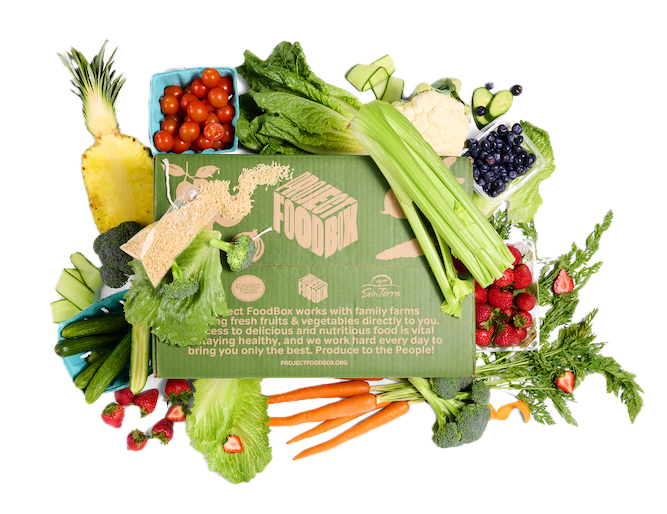Case Study: Improving A1C
Fruit & Vegetable Prescriptions Improve A1C in Diabetic Adults

By the numbers
38M
Americans Affected by Diabetes
$413B
Annual Cost to U.S. Healthcare
100
BASIS POINTS Reduction in A1C
$1500
Est. Annual Savings Per Patient
Industry
Healthcare
Challenge
Many adults with diabetes or prediabetes experience poor glycemic control due to limited access to fresh fruits and vegetables, nutrition education, and food insecurity.
Results
A physician-supported produce prescription and delivery program yielded a mean 1-point reduction of A1C from a baseline of 8.5%, with significant improvements in dietary intake and patient engagement.
Who Should Hear About This
Medical Practitioners, Managed Care Providers, Diabetes Patients
Industry
Healthcare
Challenge
Many adults with diabetes or prediabetes experience poor glycemic control due to limited access to fresh fruits and vegetables, nutrition education, and food insecurity.
Results
A physician-supported produce prescription and delivery program yielded a mean 1-point reduction of A1C from a baseline of 8.5%, with significant improvements in dietary intake and patient engagement.
Who Should Hear About This
Medical Practitioners, Managed Care Providers, Diabetes Patients
Executive Summary
Project FoodBox partnered with UCI Health’s Group Medical Visits (GMV) to pilot a culturally tailored Food as Medicine program for Latino patients with uncontrolled diabetes. The intervention combined weekly produce delivery with nutrition and diabetes education over 8 weeks.

The Challenge
Diabetes affects over 38 million Americans, with an additional 98 million living with prediabetes. The condition costs the U.S. healthcare system approximately $413 billion annually, accounting for 1 in every 4 healthcare dollars. Complications such as heart disease and stroke contribute to nearly half of these costs.
The Solution
Produce prescription programs have been shown to increase intake by nearly one serving per day and drive mean A1C reductions of approximately 0.7–0.8 percentage points—with associated decreases in BMI and improvements in cardiovascular health markers.
This initiative was designed to study the feasibility and acceptability of integrating fresh produce prescriptions and delivery into community health programming for adults living with or at risk for diabetes. The goal was to strengthen understanding of how food access interventions could support clinical and lifestyle outcomes relevant to chronic disease prevention.
Based on published estimates, improved A1C control can save approximately $1,500 per patient annually, while reducing complication risk can save an additional $2,500 per patient.
The Results
The pilot program demonstrated a significant improvement in glycemic control among participants. Patients achieved an average A1C reduction of 100 basis points, from 8.5% to 7.5%. This improvement is clinically meaningful and aligns with ADA guidelines for diabetes management. Additionally, the program showed a 40% reduction in complication risk and increased member engagement.
The success of this pilot reinforces the scalability of nutrition-based interventions. The model is replicable across diverse populations and care settings and aligns with value-based care and population health goals. It is culturally tailored and can be built on with additional educational components to enhance impact and improve patient outcomes while reducing healthcare costs.
References/Footnotes
https://www.ucihealth.org/about-us/news/2025/04/diabetes-group-medical-visits
